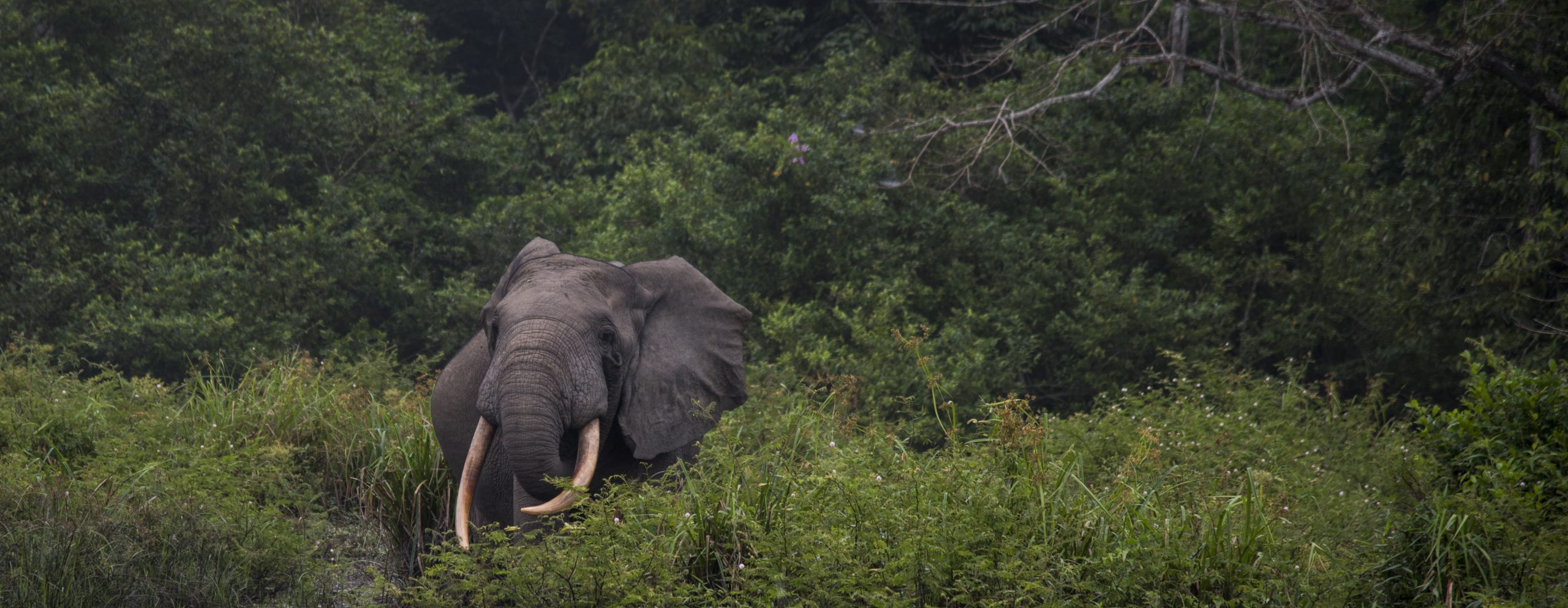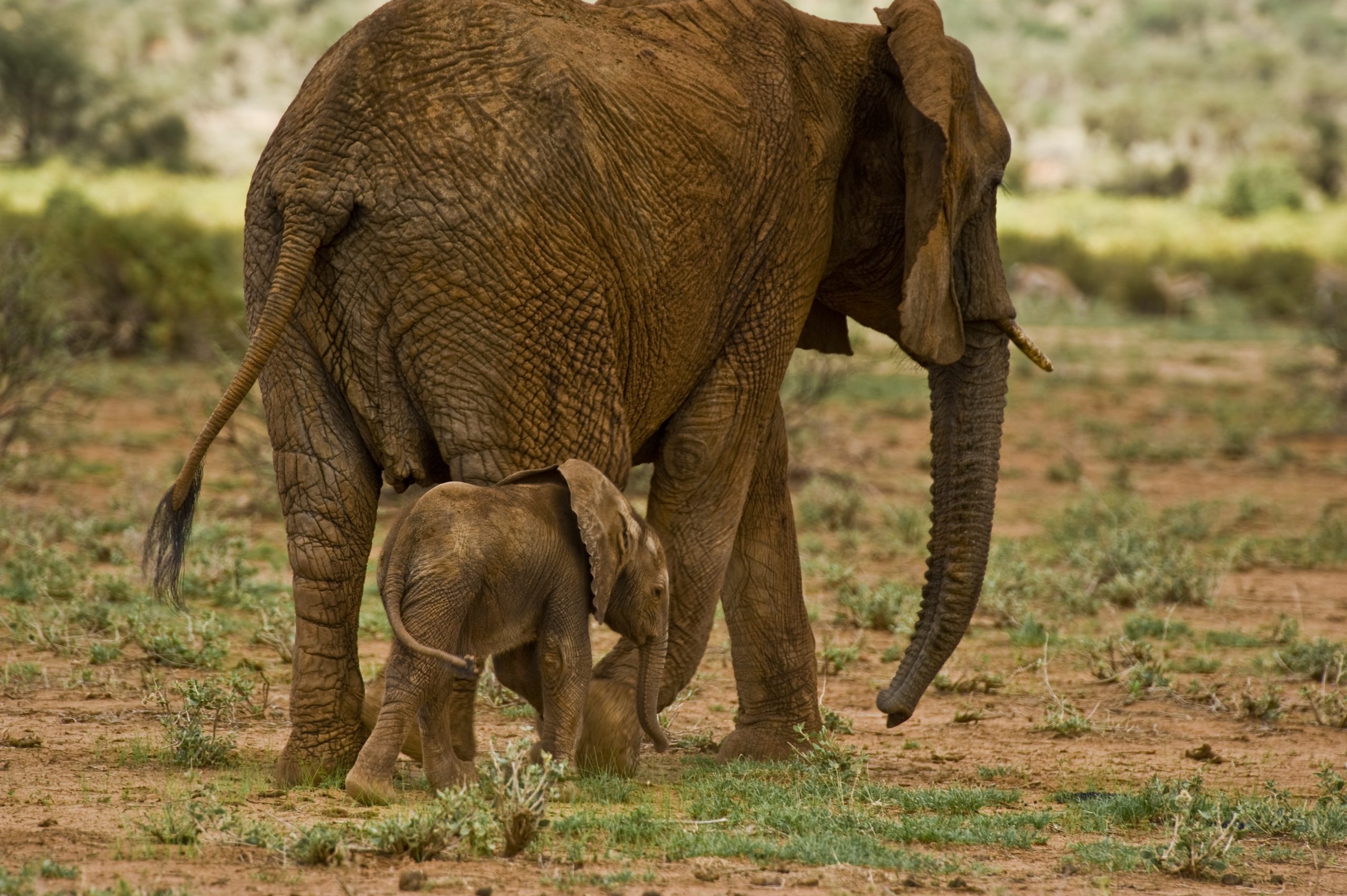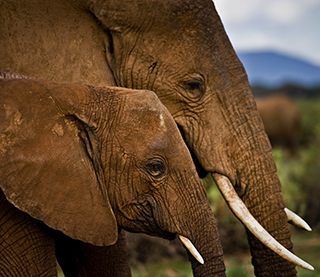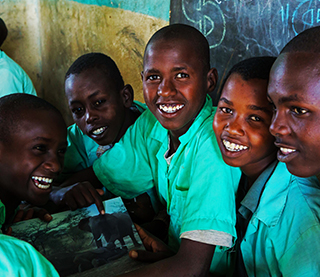Tsavo Conservation Area is about the size of Belize.
Combined, the Tsavo East and West National Parks along with the ranches that serve as wildlife dispersal areas cover 16,000 square miles (42,000 square kilometres). Largely roadless, Tsavo harbors around 12,000 elephants and over 10% of Africa’s great tuskers. In the past, massive poaching, droughts and human encroachment hit this haven for elephants hard. A population of over 60,000 elephants and 8,000 rhinos in the early 1970s plummeted to under 6,000 elephants and just a handful of rhinos in the late 80s. The formation of KWS and an international ivory trade ban in 1989 resulted in enhanced security for wildlife and the elephant population in Tsavo enjoyed steady growth for over two decades.
However, the since 2009, there has been an unprecedented rise in poaching across the continent, including in the TCA, driven predominantly by the market in increasingly affluent Far Eastern countries. Elephants are now faced with the gravest threat to their survival in modern history.
STE began work here at the height of the crisis by funding the most crucial work of aerial surveillance. With our partner Tsavo Trust, we put an anti-poaching aircraft in the clouds. This first step enabled our partner to cover 13,600 miles of patrols in 180 hours. In addition, STE, through the ECF has built a hangar for the supercub aircraft, an essential abode for the only aircraft dedicated to protecting Tsavo’s elephants.
In the first six months of operation, the project identified 34 poachers’ blinds, spotted 29 carcasses, recovered 12 tusks and defined many concentrations of vulnerable elephants.





